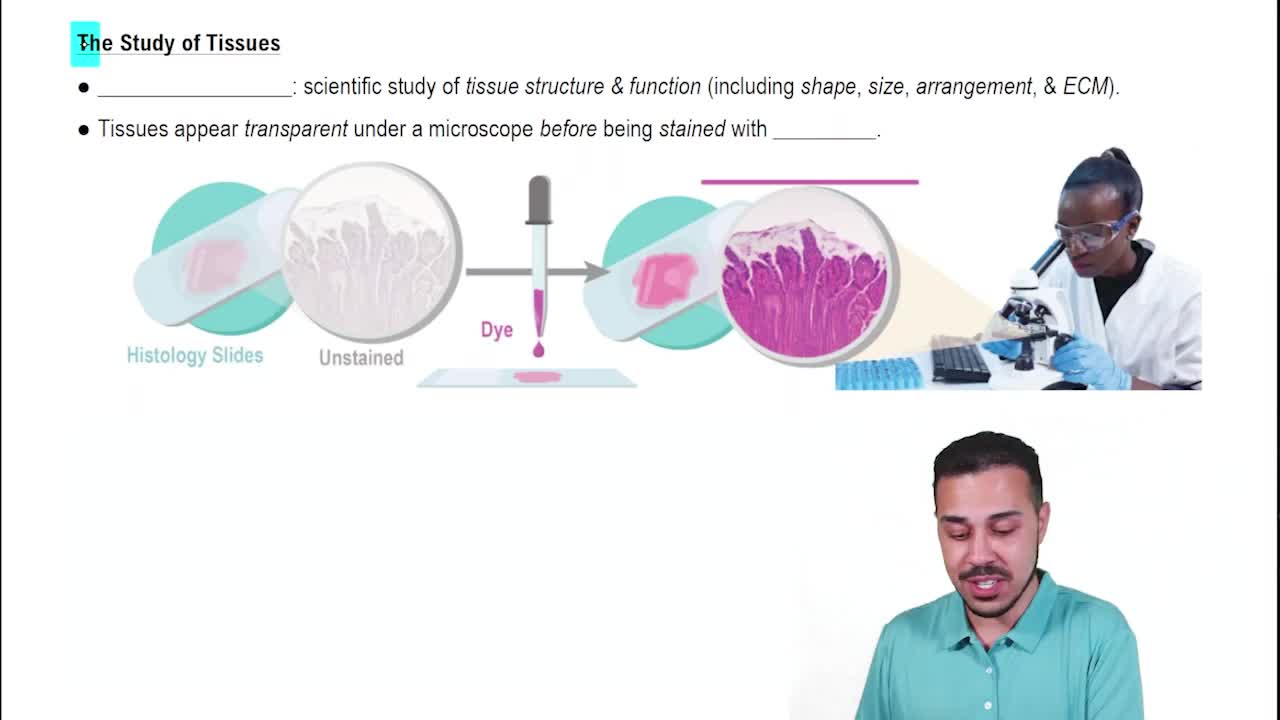Which body cavity would enclose each of the following organs?
(a) Heart
(b) Small intestine, large intestine
(c) Lung
(d) Kidneys
 Verified step by step guidance
Verified step by step guidance Verified video answer for a similar problem:
Verified video answer for a similar problem:



 3:2m
3:2mMaster Introduction to Body Cavities with a bite sized video explanation from Bruce Bryan
Start learning